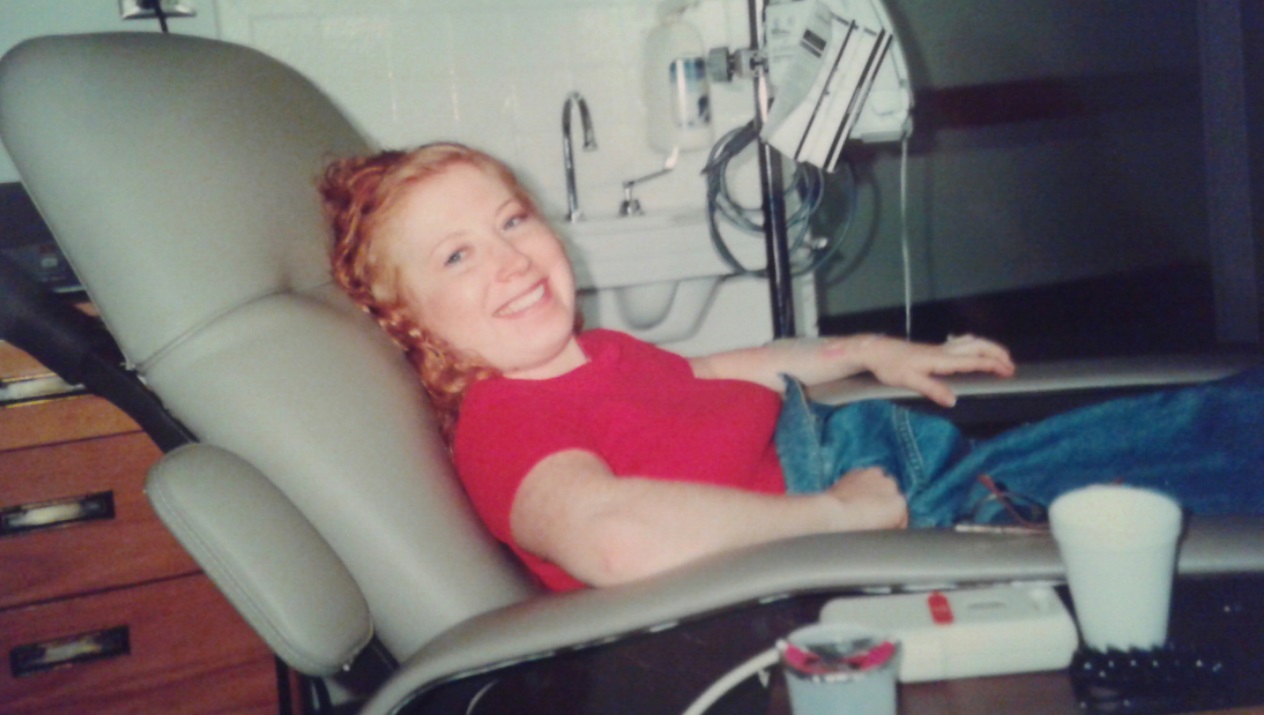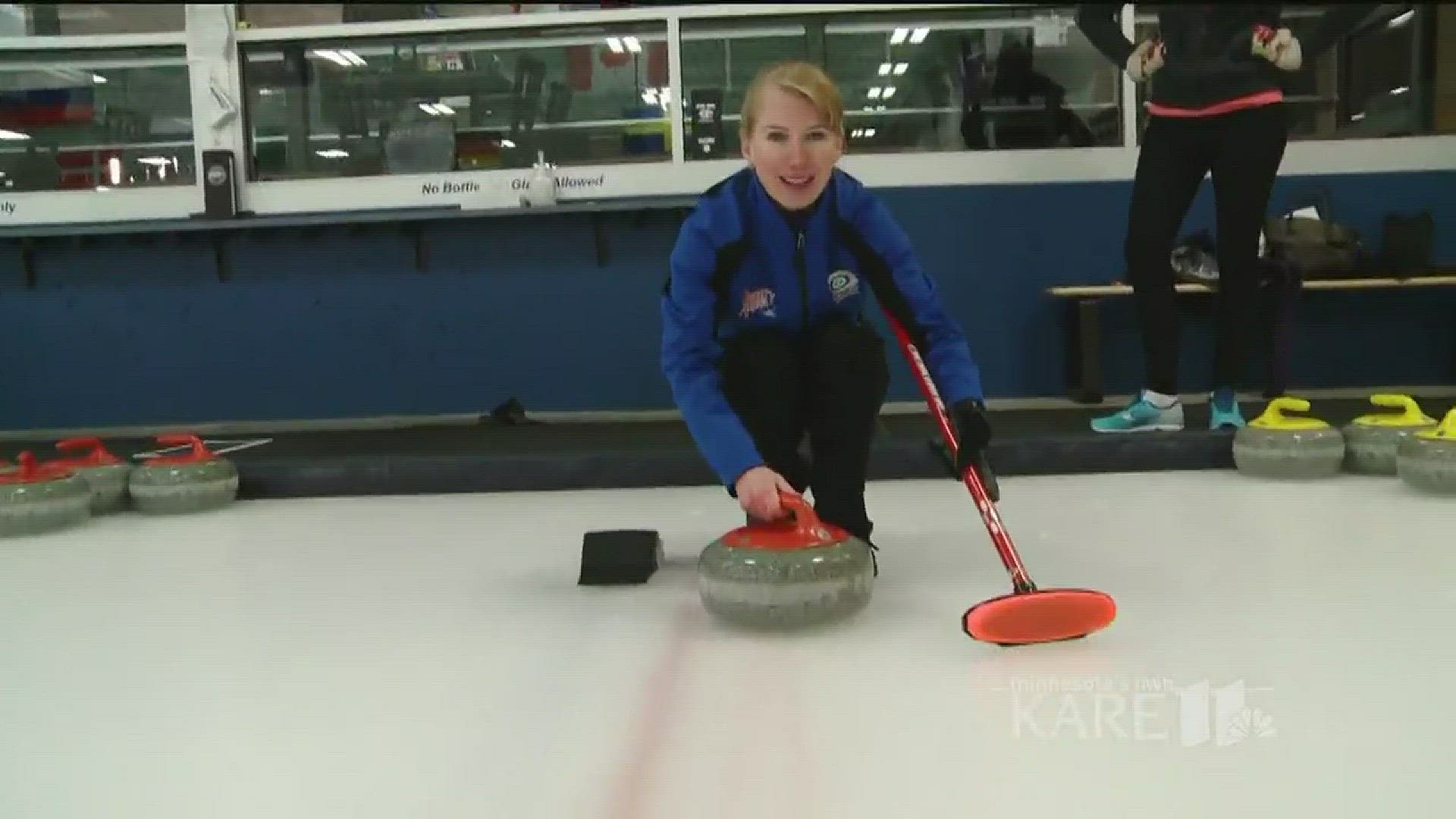HAM LAKE, Minn. -- When it comes to getting healthy and fit, most people have to work hard at it. With chronic illness stacked against her, Regan Birr has had to work extra hard. She hasn't let that stop her from getting in the best shape of her life.
Regan was diagnosed with lupus shortly after graduating college. She was a competitive curler at the time and was forced to give up the sport, as the illness took away her strength and energy. Regan says she fell into depression during that time.
"I had to give everything up that I loved," said Regan. "I could hardly stand during the day.... Those were dark days for years. I basically sat on my couch."

Regan took IV Cytoxan, a breast cancer chemotherapy treatment, for 2.5 years to suppress her overactive immune system. The treatment helped her lupus go into remission, but even in remission she was still extremely weak and needed a cane to get up the stairs.
"It wasn't until I changed my diet that I really started feeling better," said Regan.
She started a low-glycemic index diet to counter the inflammation brought on by lupus. She says the diet has been key both in her recovery and the maintenance of her recovery.
"All you gotta do is look at the glycemic index chart," said Regan. "Pick foods that are low or mid not high."
For breakfast Regan likes to have steel cut oats and berries with egg whites. She eats protein in each meal and often includes mixed nuts. She also adds salad to most meals. She eats rye instead of wheat, and makes her own rye bread. For meat, she eats fish, poultry, turkey and bison. She often takes a can of salmon with her as a meal on the go during work.
"Then you get more energy once you change your diet, so you can then carry out exercise," said Regan.
She still thanks her sister for encouraging her to try exercising and lifting some light weights. She started out exercising just five minutes a day. Regan now works out every day for 20 to 30 minutes in her home.
"I don't work hard; I just work steady," said Regan. "Even if people wave their hands in the air, they're still getting exercise."
She does low impact cardio, walking in place for two minutes while reaching arms overhead, then switches to strength training using no more than 2 pound dumbbells for two minutes. She pauses to stretch her muscles in between each segment. She then goes back to cardio, and so on.
Regan had to modify her workouts to compensate for the arthritis brought on by lupus. She used knowledge from her engineering degree to formulate a strength training program that was easy on the joints.
"My program is called JointSense, which is low torque exercise," said Regan. "Basically it came out of necessity. It's the only exercise I can really do, so that's what's helping me stay fit and stay healthy and stay happy."
Regan says everything clicked once she began eating right and exercising.
"Pain went down, energy went up, strength went up, I didn't need my cane anymore," said Regan who still takes prednisone and plaquenil to keep the lupus symptoms at bay. "It just all came together."
After achieving her own success, Regan created a program called Regan MOVES. She trains others who are also coping with chronic illness, teaching them how to implement JointSense.
Regan gave up competitive curling for about five years due to lupus. She's now back at it and better than ever, competing at the national level with her sights set high.
"My grandma just stopped curling last year at age 90," said Regan. "I want to be like her. Yeah heck yeah, I've got dreams. I want to go to the Olympics, and I've got high goals."
There is currently no cure for lupus. Regan and her husband Todd have created Lupus Spiel USA, which is the largest curling pro-am in the U.S. All proceeds go to lupus research. In three years they've raised more than $115 thousand towards finding a cure.

